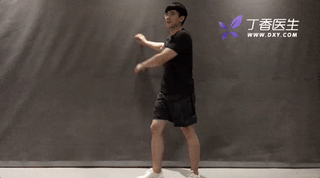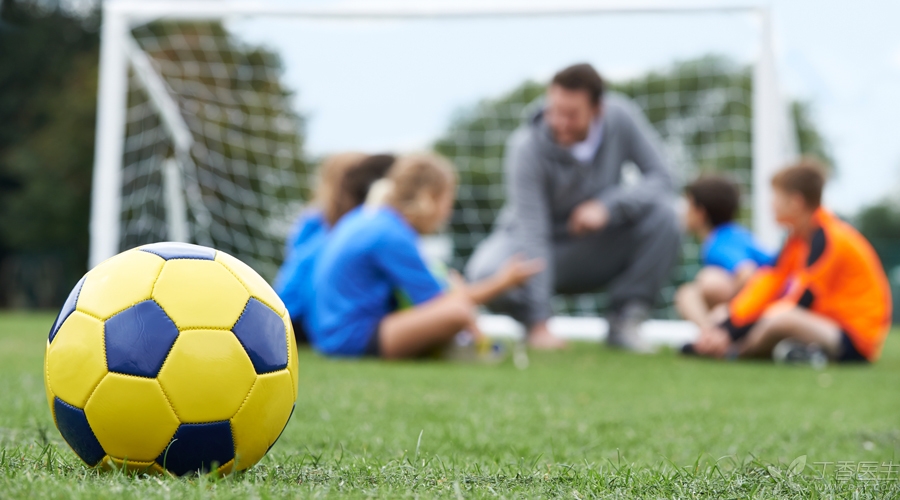
When we go to school, physical education must be everyone’s favorite course, just as the so-called [childhood that has not been occupied by the head teacher is an incomplete childhood], every time we go to the hard-won physical education class, it is really easy to make people feel lost and recovered. However, you may not have noticed:
The warm-up posture taught us by the PE teacher in those days may have been wrong and there was a risk of injury.
So this article, let me show you the wrong warm-up posture we did in those years.
Wrong Posture 1: Neck Surround
▼
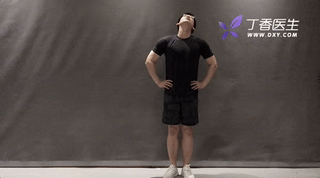
Around the neck, back and forth, left and right, have you done it? If you sit for a long time and your neck is sore, turn it around. If you stand for a long time and your neck is sore, turn it around. If you sleep for a long time and your neck is sore, turn it around … (hold your glasses first)
Unfortunately, what most people do is wrong.
On the one hand, many people do this action [the amplitude is not in place], just [turn the neck], also can’t stretch the effect. On the other hand, this kind of surrounding movement may cause unnecessary pressure on the cervical spine.
That is to say, this action is very chicken ribs: it is useless not to do it well, and there are risks if it is done well.
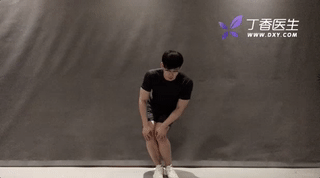
This action is not only common in physical education classes, but also often seen by some big brothers in parks.
But!
In fact, our knees can only complete two-angle movements, kicking [forward] and closing [backward].
If the knee joint is allowed to make a nearly 360-degree encirclement, the knee will move at an extra angle, which will exert unnecessary pressure on the meniscus of the knee joint.
Moreover, the starting point of this action should be to warm up the hip joint and knee joint incrementally from small to large by drawing circles around the buttocks to drive the legs.
Most people put the focus of their movements on their knees again, which feels like they are grinding and are easily injured.
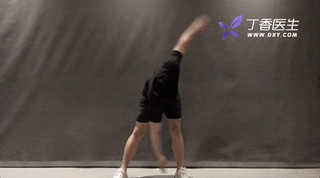
Many people who have done this action may have similar experiences:
Who am I? Where am I? Why would I spin? What the hell am I doing? … …
This movement is mainly to stretch the inside and back of the thigh. However, due to the constant left and right rotation, our waist will inevitably be pulled in the bent state. If you are not warm up enough, there will be a hidden danger of spraining the waist.
If you continue to look down, you will find:
Many wrong postures belong to [elastic shock] warm-up and are not suitable for ordinary people to warm up before exercise.
In theory, they are those that need technical guidance, and are mostly used for professional athletes to improve their movement range, or for dancing, martial arts and other events that emphasize limb flexibility.
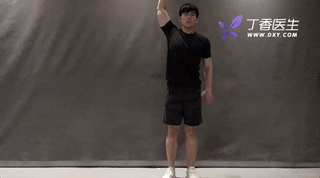
Not only is it a physical education class, it is also a common health preserving action in a park. According to the normal process, this action should be tilted on the tree leg press after it ends. Here I want to spit out one thing, many people will have such an idea when stretching:
[The greater I move, the better the stretching effect.]
Completely wrong, for example, this action is to improve the mobility of the shoulder joint. However, your shoulder will have ligaments, tendons and other tissues in addition to muscles. These tissues pull each other to enable your arm to perform stable multi-angle movements. The mistake of this action lies in the use of [elastic shock] technology.
This explosive and uncontrollable elastic shock method will inevitably stretch to ligaments and tendons, and there is a risk of ligament relaxation and injury.
Maybe one day you will shake and your arm will fall off.
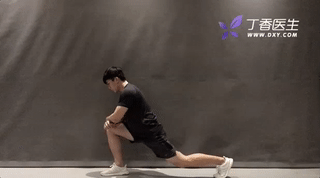
In the last move, I have already stressed that some people think they are professional [playing] is actually wrong.
There is no need to play at all. Bow leg press itself has been able to stretch and relax the front thigh well. Don’t gild the lily.
You know, many people’s hip joints will be relatively [tight] before they have completely warmed up. This deliberate [play] to increase the range of movements will have the risk of muscle tendon strain.
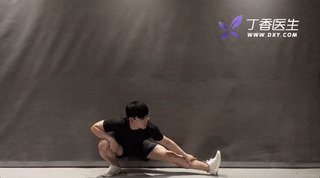
Similarly, there is no problem in doing static side leg press to stretch the inner thigh.
However, many people also like to press up and down [play and play], so the hidden danger comes:
-
If your hip joint is not fully warmed up, it is easy to make you [grin] by playing up and down.
-
Increasing the subsidence range by the explosive force of [bullet] will inevitably stretch to the ligament part of the knee joint.
If you want to do it, just stretch honestly and never play.
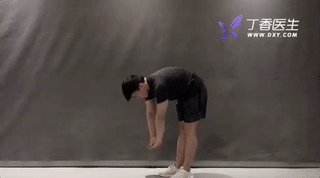
If I don’t say it, just look at the moving picture. Many people don’t know that this movement is used to improve the flexibility of the front and rear thighs. The premise is to hold on at the bottom, and the effect is very good.
However, many people will use explosive force to stick their fists or palms to the ground in order to pursue the range of movements and make a [elastic] lower waist.
As a result, the lower back (waist) will repeatedly bear great pressure.
Next time, don’t hold your waist and say to yourself, “Oh, the warm-up effect today is really good!”
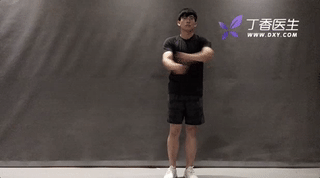
I didn’t think there would be such an action! There is no problem with this movement itself. It is usually widely used in upper limb warming, muscle relaxation and radio gymnastics.
But! (What matters is always [but])
Many people do this action [inattentively], resulting in loose movements.
In this way, the purpose of warm-up is difficult to achieve, and there is a hidden danger of injury in the following sports.
Seeing this, do you think that you really want to thank the PE teacher for not killing him for many years? After so many years of mistakes, you are still in good condition? (Of course, if you don’t concentrate, you can’t blame the teacher)
It is not too late to learn with Dr. Clove (one-day physical education teacher).
There are also many safe and effective warm-up actions that can reduce the risk of injury during our sports.
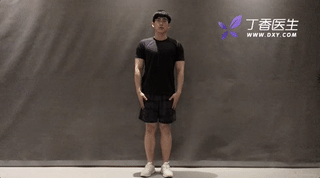
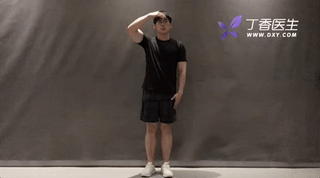
Different from turning your neck, stretching pays attention to [moderate amount of involvement], so doing a good stretching will definitely make you feel less comfortable.
A [neck extension] and a [neck lateral flexion] can be done not only before daily exercise, but also for office workers or student parties who are often sedentary, which are suitable for more practice.
Doing so can effectively solve the tension at the back of the neck and at the edge.
But don’t turn or break your head too much for [discomfort], then you are likely to pull a strain.
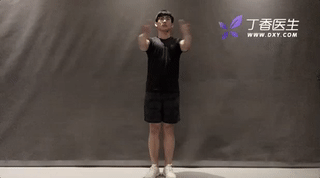
This looks like an advanced version of chest enlargement exercise, but it actually requires [more control].
You need to gradually increase the amplitude of the swing arm under the condition of ensuring the tension of the chest. You must not rely on inertia to pull the chest [loosely].
The speed and frequency of movements can be increased incrementally to increase the temperature of one’s upper body and achieve the purpose of warming up.
Since it is fluttering, it must be fluttering like a model.
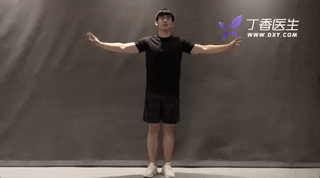
This action is different from the principle of [vibrating arm movement].
Our shoulders belong to ball-socket joints (similar to Barbie’s shoulder assembly). If we want to better raise the local temperature, we need to feel moderate acid swelling and fever on our shoulders.
You need to draw circles patiently and gently along the structure of your body and repeatedly around it.
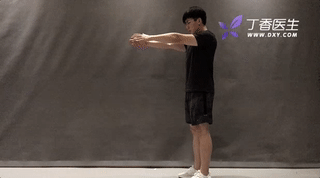
Although the name sounds very [fascinating], it is very useful to correct our daily exertion habits.
In modern people’s life, many work or living habits are not good, resulting in the body not being able to make good use of muscle strength in some parts.
For example, some white-collar women need to wear high heels for a long time, and their pelvis will lean forward, or other sedentary people will often feel stiff waist. Right?
You can try to push your buttocks back [push] while keeping your knee joint still, your body will naturally sink and lean forward, and your waist will not be arched to ensure level.
Regular exercise of this movement, women will gradually find that it is not so difficult to walk in high heels and their knees are not so sour when going upstairs. Congratulations, this is a sign that your body is gradually being activated.
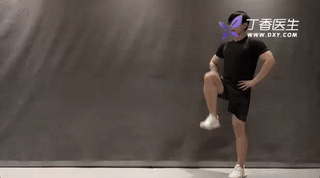
This action can be done before any lower limb exercise you want to do everyday. It can not only warm up, but also activate hip joint muscles.
You can do it in situ or walk around the gym with your waist inserted. The speed does not need to be too fast.
Pay attention to keep the upper body level all the time and the hip joint should not be too large.
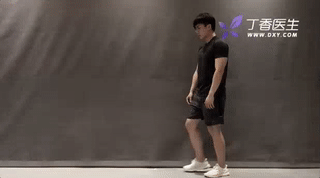
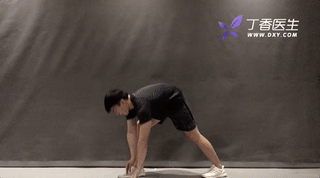
These two movements can stretch the anterior and posterior thighs and iliopsoas muscles respectively.
Pay attention to ensure that your front and rear feet are in the same direction, all facing forward.
If your pelvic position leans forward or your waist discomfort occurs for a long time, it is mostly caused by too tight iliopsoas muscles. You can also try to do such actions more often, especially the second one to relieve the problem.
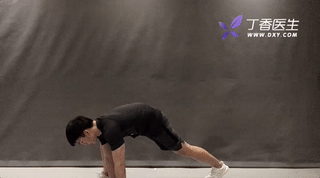
[Runner Stretching] is the best stretching in the world, and this movement is a simplified version of it. One movement takes into account the stretching of thoracic vertebra, lumbar vertebra (your upper body) and lower limbs.
Since it is so severe, it has many points to pay attention to:
-
When starting the movement, the lunge must be large and the buttocks must remain tense all the way.
-
When the torso rotates, stretch the body rhythmically instead of [suddenly exerting force].
-
Breathe steadily throughout the process and do not hold your breath.
Finally, Dr. Clove would like to say:
Different sports and people with different training bases may have different understanding and demonstration of the same stretching movement. Injury will accumulate, and warm-up is also a very strict link in sports.
For ordinary people, the [elastic stretching] mentioned in the article is really not recommended, and they must warm up with a serious attitude to prevent injuries.
Action is risky, imitation needs to be cautious!
